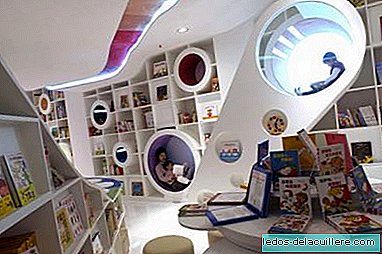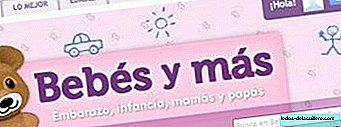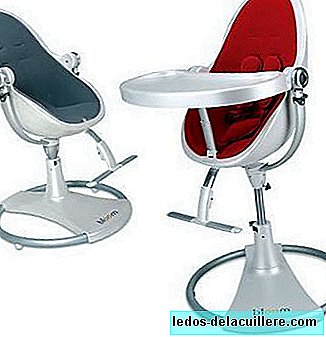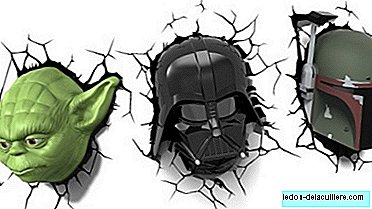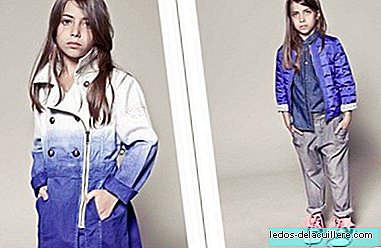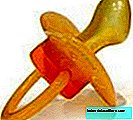
Given the need for babies to suck, there are many designs with varied materials on the market, but there is no “best pacifier”, It will be the baby who will decide which pacifier is most suitable for him.
The pacifiers can be of a piece or of several assemblies that are generally prettier, but less recommended than those of a piece, much simpler to clean and without risks of separating the components causing an accident.
In addition to this, you can choose between physiological pacifiers, these are adapted to the baby's oral cavity, favoring the natural formation of the palate exerting minimal pressure on it, always placed in the same direction in the baby's mouth.
Anatomical pacifiers mimic the shape of the maternal nipple during suction and also adapts perfectly to the baby's mouth and favors the proper development of the palate. You can also choose the material, latex or silicone. Latex is a natural elastic and soft material and silicone is synthetic and somewhat stiffer, more resistant to repeated sterilizations but not to baby's teeth, so when they start to come out, the latex pacifier is recommended.
We can also find "all rubber" pacifiers that are completely made of latex, these are ideal for sleeping because they are soft and will not exert any pressure on the baby's face.
In general, a safe pacifier must comply with the standards set by AENOR, it must have rounded edges, with a base large enough so that the child cannot introduce the entire pacifier into the mouth, with a ring that allows it to be removed from the mouth, Teat cannot exceed 3.3 cm and you should always use a pacifier suitable for your age.
Baby's pacifiers should be washed frequently and sterilized from time to time, even more so in the first months and whenever you release one. Do not tie it to the neck, as this could bring serious risks, nor smear it with sweet foods, it could suffer from bottle caries. And don't forget to change it as soon as it starts to deteriorate.




